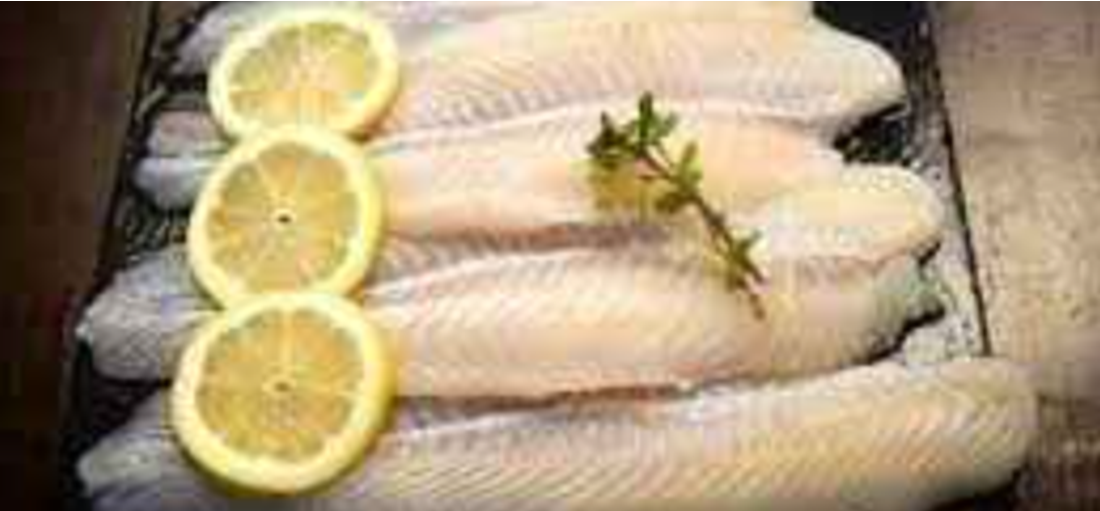
Multiplication of fish? Brazil exports twice the amount of snapper caught
Nov, 21, 2023 Posted by Gabriel MalheirosWeek 202343
Last year, Brazil fished 2.3 thousand tonnes of red snapper (Lutjanus purpureus), according to data from the on-board logs of the Ministry of Fisheries and Aquaculture (MPA). However, 4.65 thousand tonnes of frozen fish were exported, according to the Brazilian Agribusiness Foreign Trade Statistics (Agrostat) from the Ministry of Agriculture, Livestock, and Supply (Mapa). In other words, the country sold almost twice as much as what was caught in Brazilian waters.
How can the difference of over 2 thousand tonnes in these lean and mild-flavored fish statistics be explained, which represents the second-highest revenue in the sector’s exports, totaling US$40.9 million (about R$198.3 million) in 2022, second only to lobster?
“There is a mismatch between fished volume and export figures due to the government’s lack of structure. In the last 4 to 5 years, the average red snapper exports ranged between 4,000 and 5,000 tons, but the on-board logs do not record this. My company shipped 2,700 tonnes in 2022, I had the on-board logs proving the catch, but 800 tonnes of what I declared were not recorded by the government,” says Gilvan de Paula Silva, owner of G Pesca, one of the largest companies in the capture and processing of fish and shellfish with red snapper as one of its flagship products.
The entrepreneur, who is also the president of the Brazilian Red Snapper Producers Association (Abrappa), says that he works with the U.S. importer Netuno and provides all the traceability of the catch but alleges a lack of professionalism from the Brazilian government.
Lack of reliable data
André Macedo Brugger, Sustainability and Compliance Manager at Netuno, which imports 2,000 to 2,500 tonnes of red snapper from Brazil annually, says that unfortunately, Brazil does not control fishing statistics, nor the volume that stays in the domestic market. The only reliable data has to do with exports.
Brugger, an oceanography graduate, explains that in the U.S., fish landings are controlled by NOAA (National Oceanic and Atmospheric Administration), an agency part of the U.S. Department of Commerce, and by the FDA (Food and Drug Administration), an agency of the Department of Health and Human Services.
“Everything that enters here is traced. The on-board logs are internal documents of Brazil, but the exporter has to present documents proving where the gishes were caught, the vessel’s name, license, RGP (General Fishing Registration), day of capture, sanitary certificate from Mapa, etc. Can the documents be falsified? Yes, they can, but if the importer is audited and cannot prove the legality of all documents, it is punished rigorously.”
Audits are done by sampling. Netuno, a Brazilian-origin company that has been operating in the United States for 25 years, usually undergoes two audits annually. They sell fish to restaurants, hotels, and cruise ships.
Source: Globo Rural
Click here to read the original news report: https://globorural.globo.com/pecuaria/peixe/noticia/2023/11/multiplicacao-dos-peixes-brasil-exporta-o-dobro-do-que-pesca-de-pargo.ghtml
-
Economy
Mar, 21, 2022
0
Trade balance surplus reaches US$ 10.11 billion in the year, up 43.9%
-
Meat
Feb, 24, 2023
0
Meatpackers resort to neighboring countries to meet Chinese demand
-
Ports and Terminals
May, 23, 2023
0
PortosRio establishes tariff discount policy in the Port of Rio de Janeiro
-
Ports and Terminals
Jul, 27, 2021
0
Suape Complex joins ICLEI, a global network of governments and cities for sustainable development


